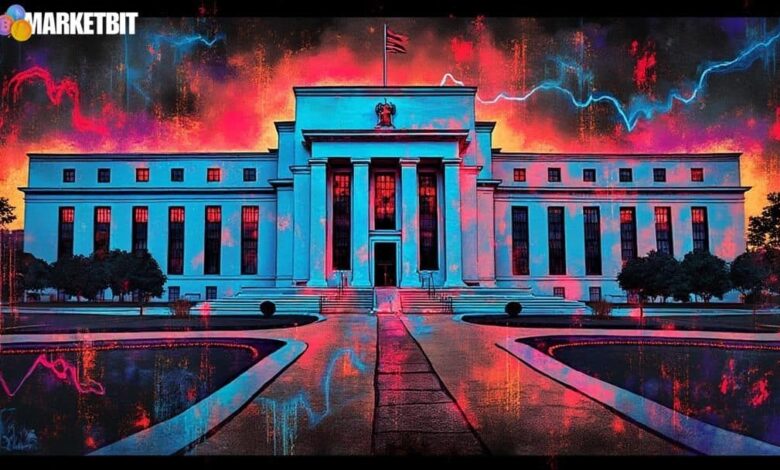Fed Faces Split on Interest Rate Decisions Amid Inflation Concerns

- Federal Reserve split on interest rate decision impacts markets.
- Some officials propose deeper cuts.
- Others warn of inflation rebound risks.
The U.S. Federal Reserve is experiencing a division among its officials regarding interest rate cuts, with implications for both traditional and cryptocurrency markets ahead of the FOMC meeting on October 28-29.
This split could influence market volatility and economic outlooks, as stakeholders closely monitor potential interest rate decisions and their effects on asset prices.
U.S. Federal Reserve officials remain divided on interest rate strategies. Some advocate for deeper cuts to support a slowing jobs market, while others fear that inflation concerns justify maintaining rates. This division has increased uncertainty in financial and crypto markets.
The key players include Jerome H. Powell and John C. Williams. Stephen I. Miran voted for a bigger cut, advocating for aggressive monetary easing. Their actions are under intense scrutiny with the upcoming FOMC meeting.
“The Committee seeks to achieve maximum employment and inflation at the rate of 2 percent over the longer run. Uncertainty about the economic outlook remains elevated…” — Jerome H. Powell, Chair, Federal Reserve
The split has contributed to market volatility, affecting Bitcoin (BTC) and Ethereum (ETH).
Investors watch interest rate trends as they could enhance risk-taking behavior, influencing both traditional and crypto sectors.
Financial markets are trying to interpret the Federal Reserve’s stance. The uncertainty impacts not only digital assets but also influences broader economic policies. Analysts anticipate further financial impacts based on FOMC decisions.
Historical data indicates past Fed rate changes triggered significant market reactions. Rate cuts in 2024 fueled asset recoveries, aligning with economic activities. The October FOMC meeting may define near-term policy direction.
Insights from previous cycles underscore potential outcomes. These include renewed interest in DeFi projects, adjusting stablecoin reserves, and steering crypto-market dynamics. With risks “priced in,” unexpected policy changes could prompt sharp asset repositioning.




